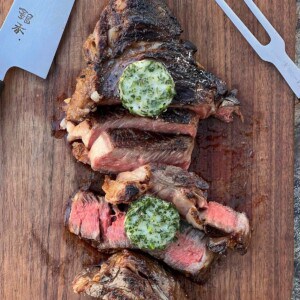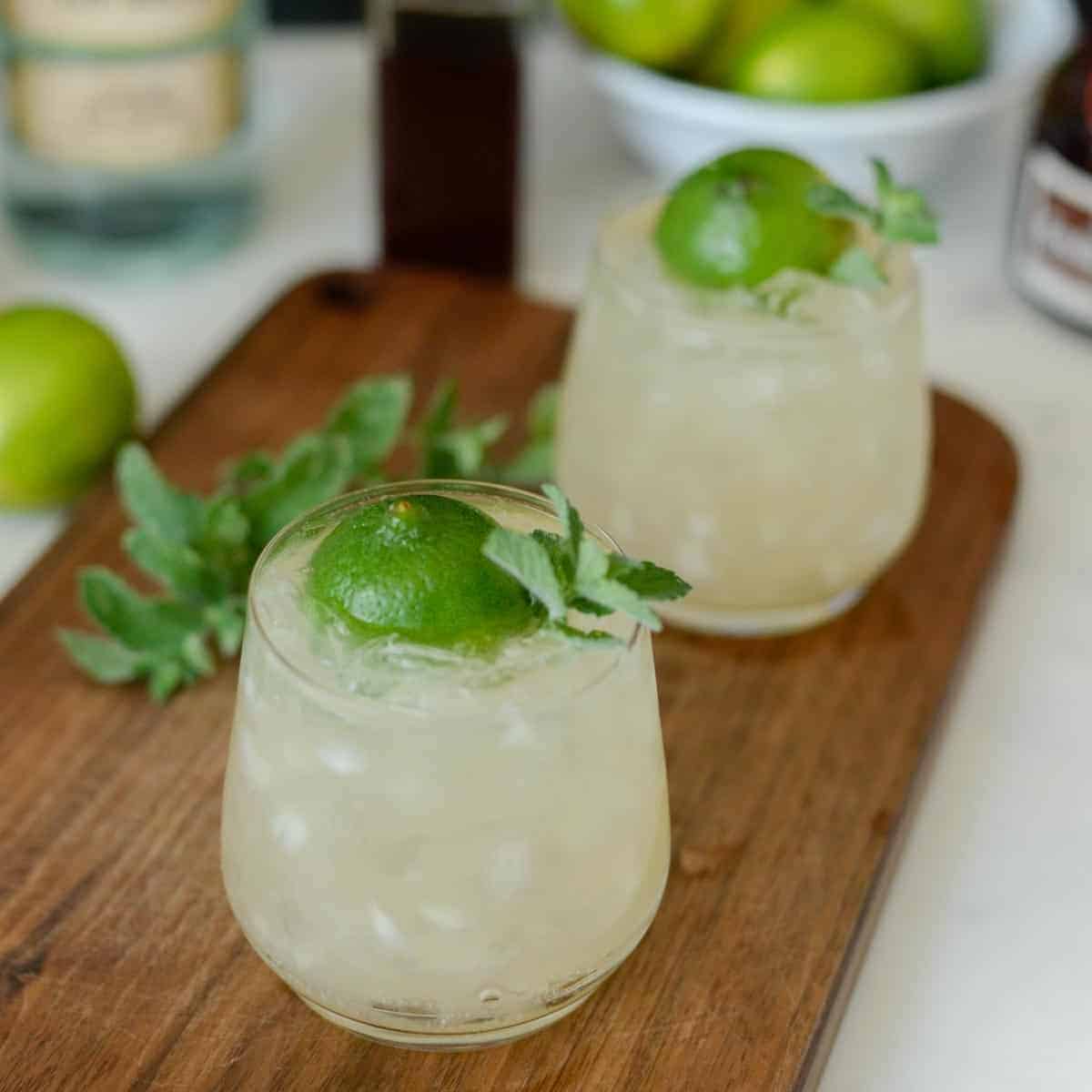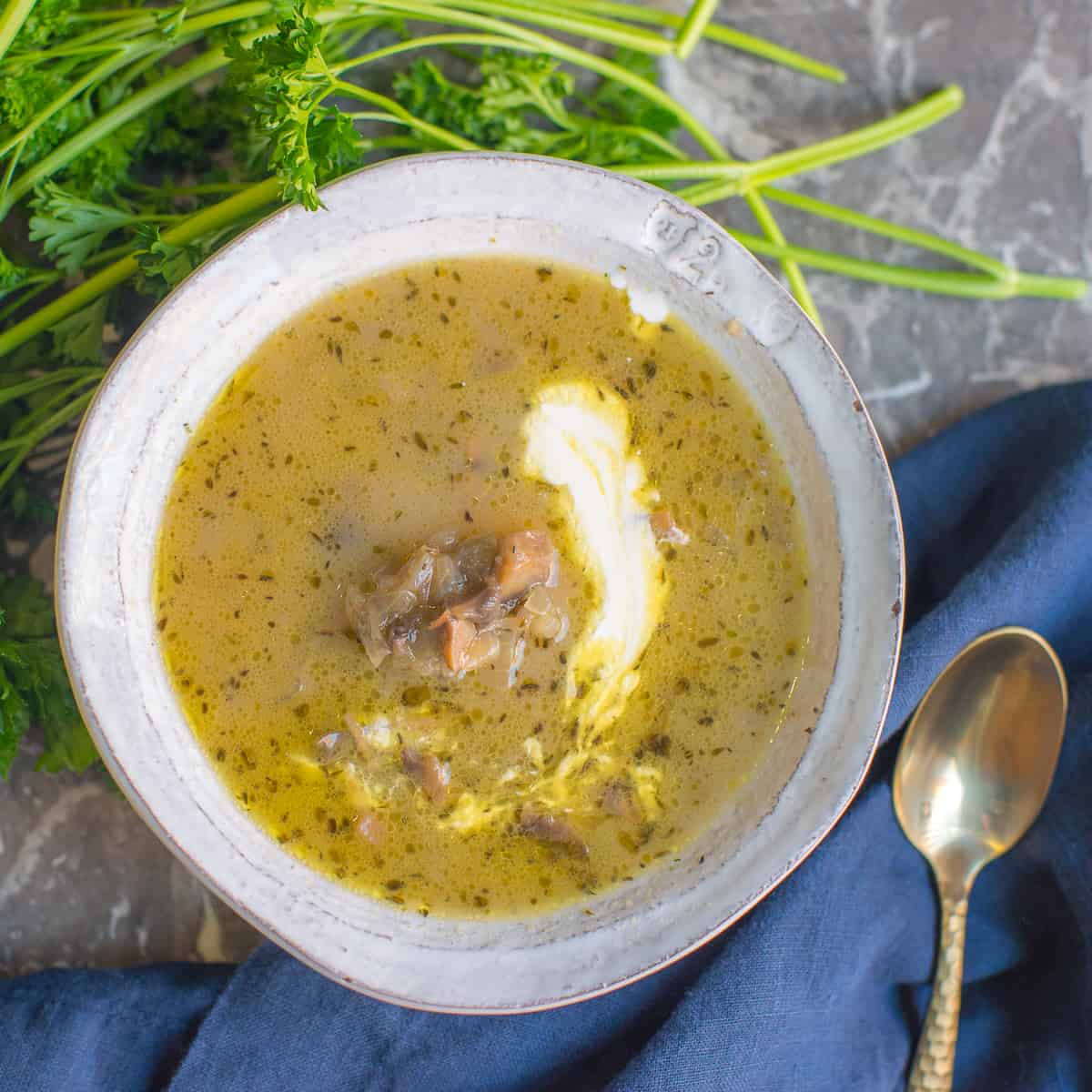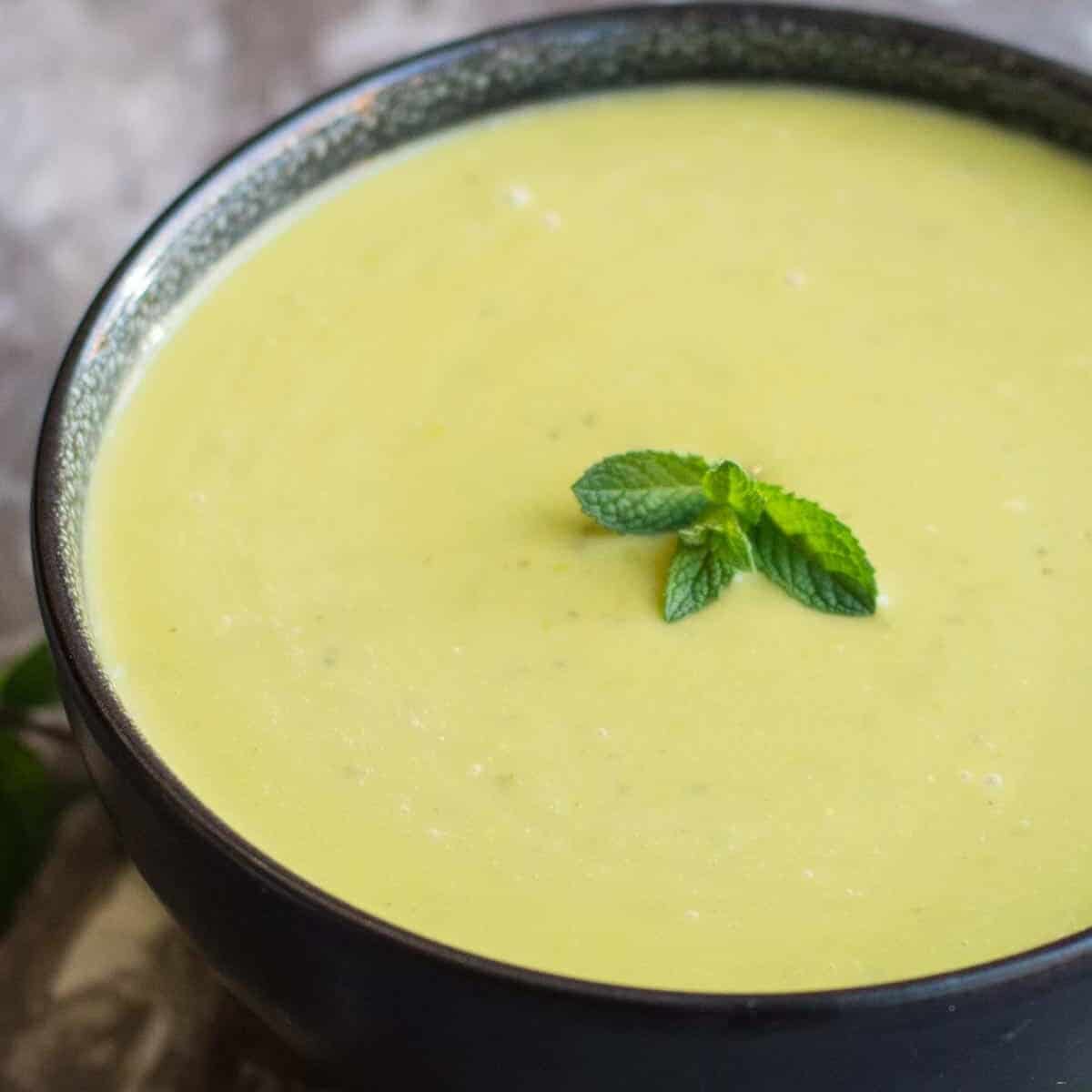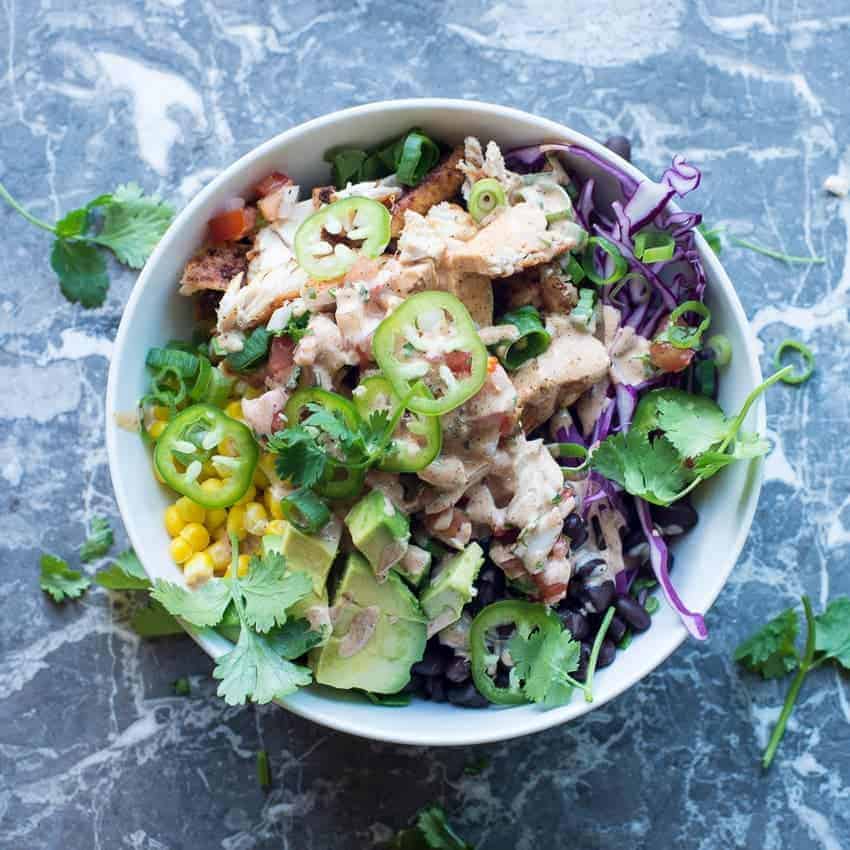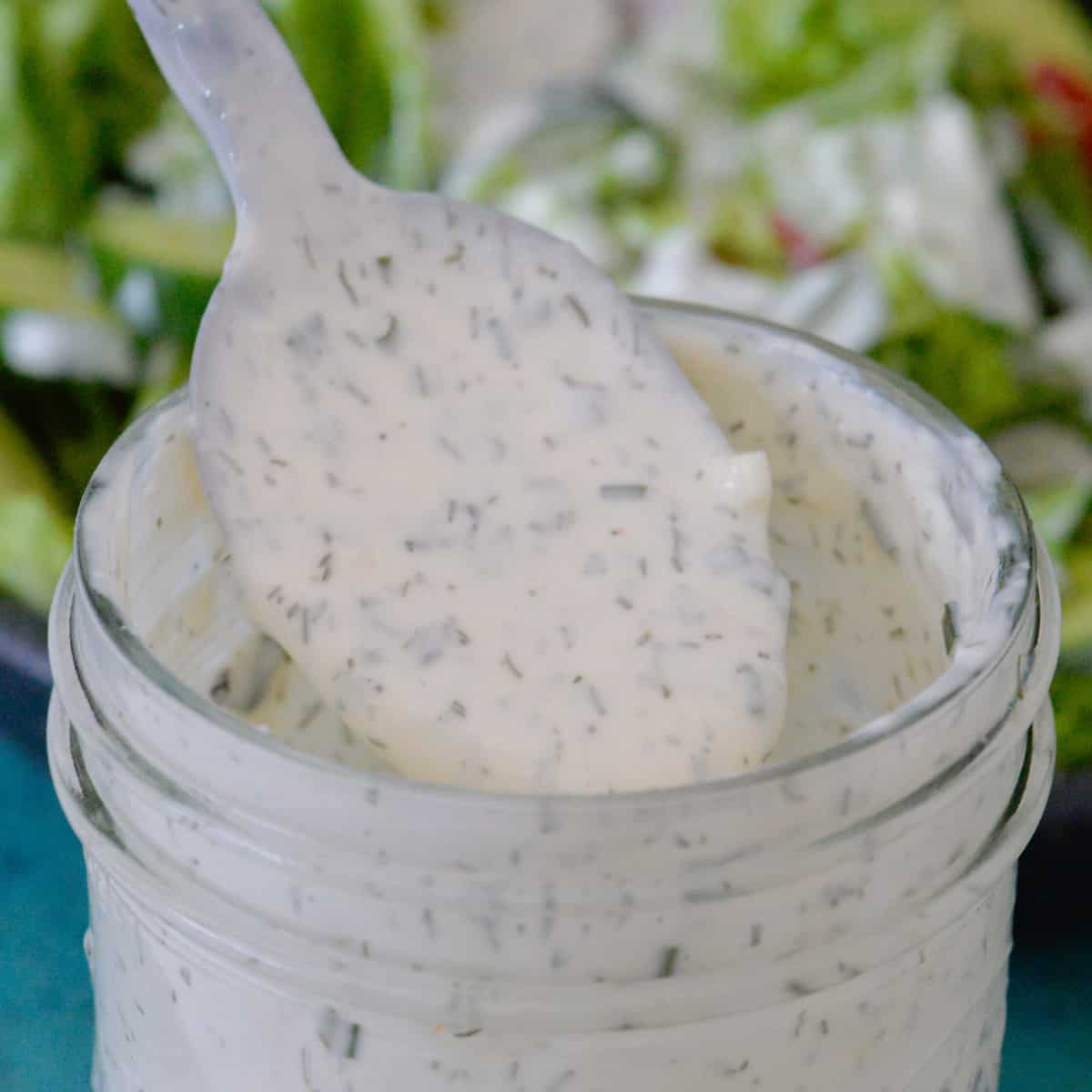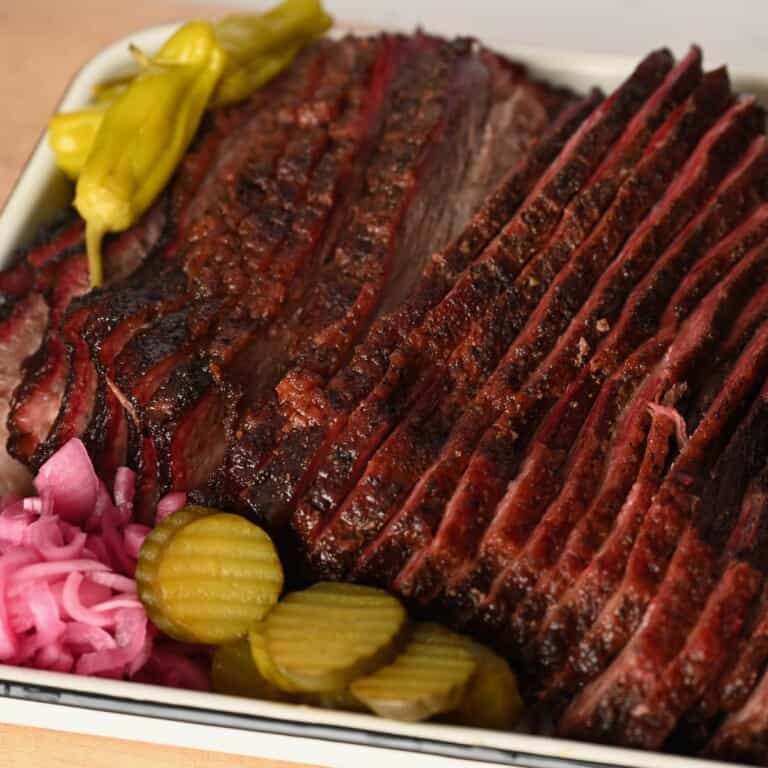How To Grill A Steak
Juicy, tender, perfectly cooked steak is an easy skill to master. With just a few simple tips, you can learn to how to grill a steak to the perfect temperature every time.
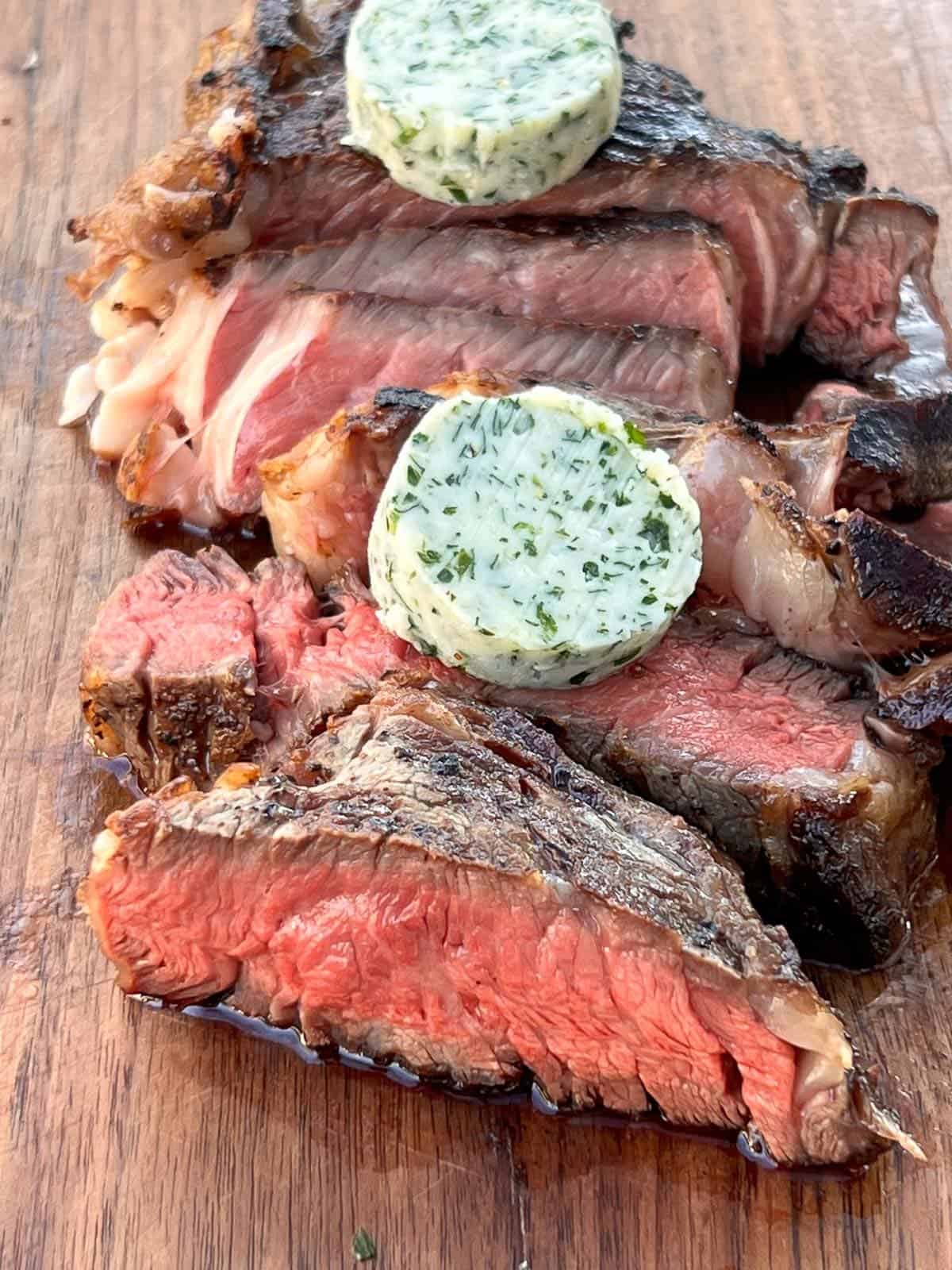
A steak is a cut of meat from a larger roast cut. Steaks come in various cuts and vary vastly in thickness and quality.
Once you know the basics of choosing the proper steak and grilling it perfectly, you can have a steakhouse-quality piece of meat right in your backyard.
Types of Steak Cuts
The first thing is to choose the type of steak cut that you want to have. Here is a list of a few common steaks and their characteristics.
| Steak Cut | Origin Of The Cut | Cooking Method |
| Chateaubriand | The chateaubriand is a center-cut tenderloin roast. It is cut from the same cut as the filet mignon. It has a delicate beef flavor and is incredibly tender. | Chateaubriand is traditionally roasted on a roasting rack in a 425℉. Cook to no more than medium doneness. |
| London Broil | A London broil is a generic term for a lean, thick cut of steak. Typically a London broil seen in the butcher’s case is a top-round steak. | Marinate and then grill or broil to no more than medium doneness. |
| Filet Mignon | The filet mignon is cut from the beef tenderloin. This steak has a mild beef flavor and is prized for its tenderness. | A filet mignon can be grilled or pan seared and finished in the oven. |
| Porterhouse | A porterhouse is a bone-in steak composed of two steak cuts, the tenderloin, and the top loin. The filet mignon and the New York strip steak. | Grill of pan sear and finish in the oven. Consider sous vide and then finishing the steak on a grill or in a hot pan. |
| T-Bone | A T-bone is the same cut as a porterhouse but differs in that the filet portion of the steak is smaller. | Grill of pan sear and finish in the oven. Consider sous vide and then finishing the steak on a grill or in a hot pan. |
| Sirloin | A center-cut top sirloin is cut from the top sirloin. This cut of meat is lean, juicy, and tender. | This versatile steak is perfect for grilling and also for stir-fry and kabobs. |
| New York Strip | The New York Strip is cut from the beef short loin. This cut is very tender and delicately marbled. | A New York Strip is best grilled on a super hot grill or reverse seared. |
| Flat Iron | The flat iron is cut from the same area as the chuck roast. It’s the top blade of the chuck. | Flat irons are best when grilled. |
| Flank Steak | Flank is a lean cut of meat that’s cut from the abdomen of the cow. | Marinate to tenderize this steak and then grill on a hot grill. Slice against the grain when serving. |
Seasoning Tips
Steak is typically seasoned in one of two ways. With a dry rub or a wet marinade.
A dry rub adds flavor to the meat but will not aid in tenderization. It’s best to use a dry rub on more tender cuts and fattier, well-marbled cuts.
A wet marinade gives you the ability to add flavor and acid that helps tenderize tougher cuts of steak. A marinade works great on steaks that are leaner and tougher.
Simple Seasoning For Steak
- Butcher Salt + Fresh Black Pepper
- Smoked Salt + black pepper
- Mushroom Salt
- Check out a few of my spice blend recipes.
How to prepare a steak for grilling
Dry Seasoning
Start by picking your favorite dry seasoning.
- Remove the steak from the fridge a few hours before grilling.
- Season with salt and pepper or with your favorite seasoning blend.
- Allow the steak to come to room temperature. While cooking a steak right out of the fridge is possible, it is always best to allow the meat to come to room temperature before cooking.
- Heat the grill.
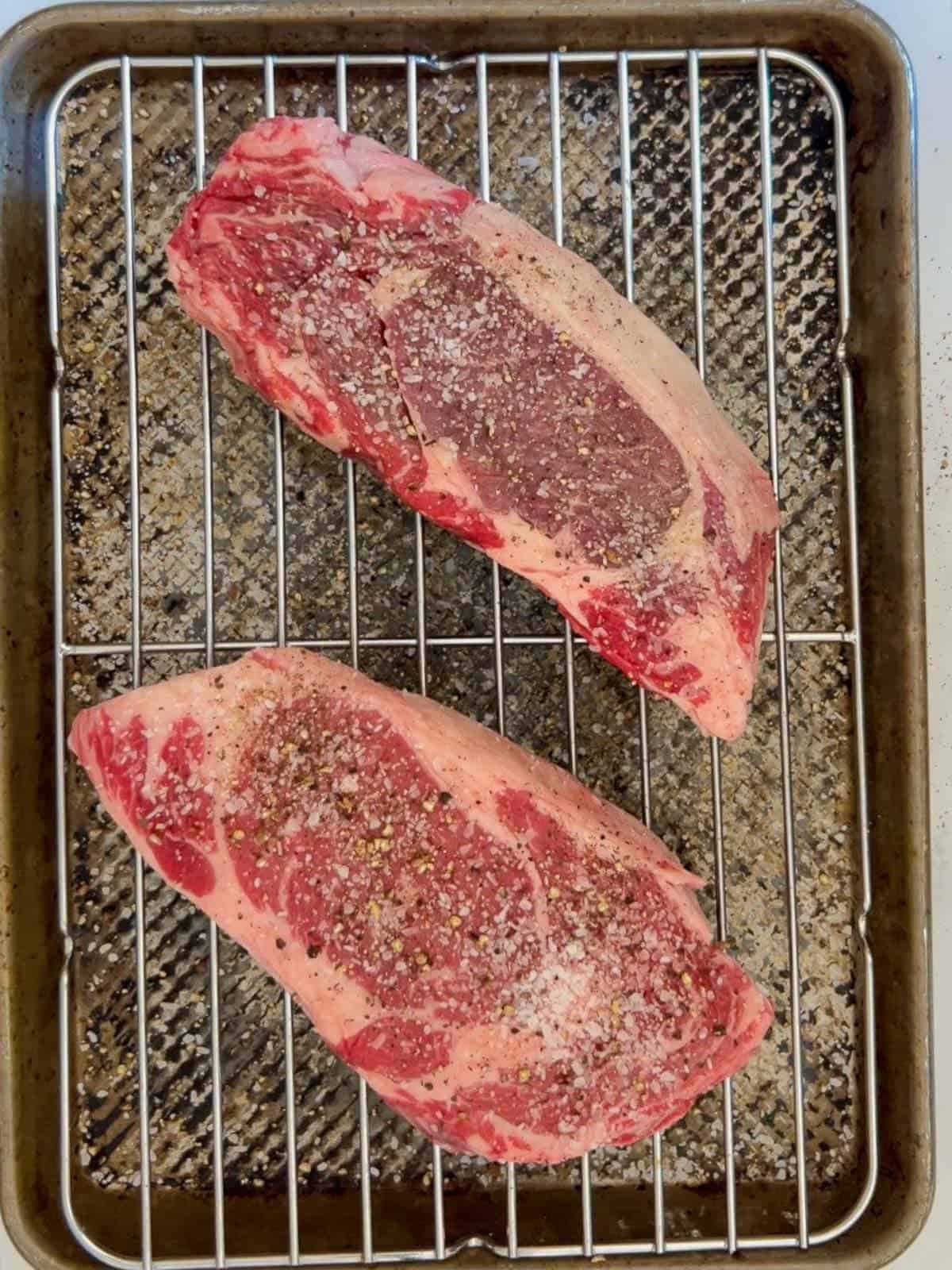
Marinade
It is best to marinate steak overnight. You can get away with a minimum of 4 hours. But overnight in the fridge will give you the most flavor.
- Remove the steak from the fridge a few hours before grilling and allow it to come to room temperature.
Setting Up Your Grill
Perfectly grilled steak should be grilled on a hot fire. I like to heat my grill to about 550℉ when grilling.
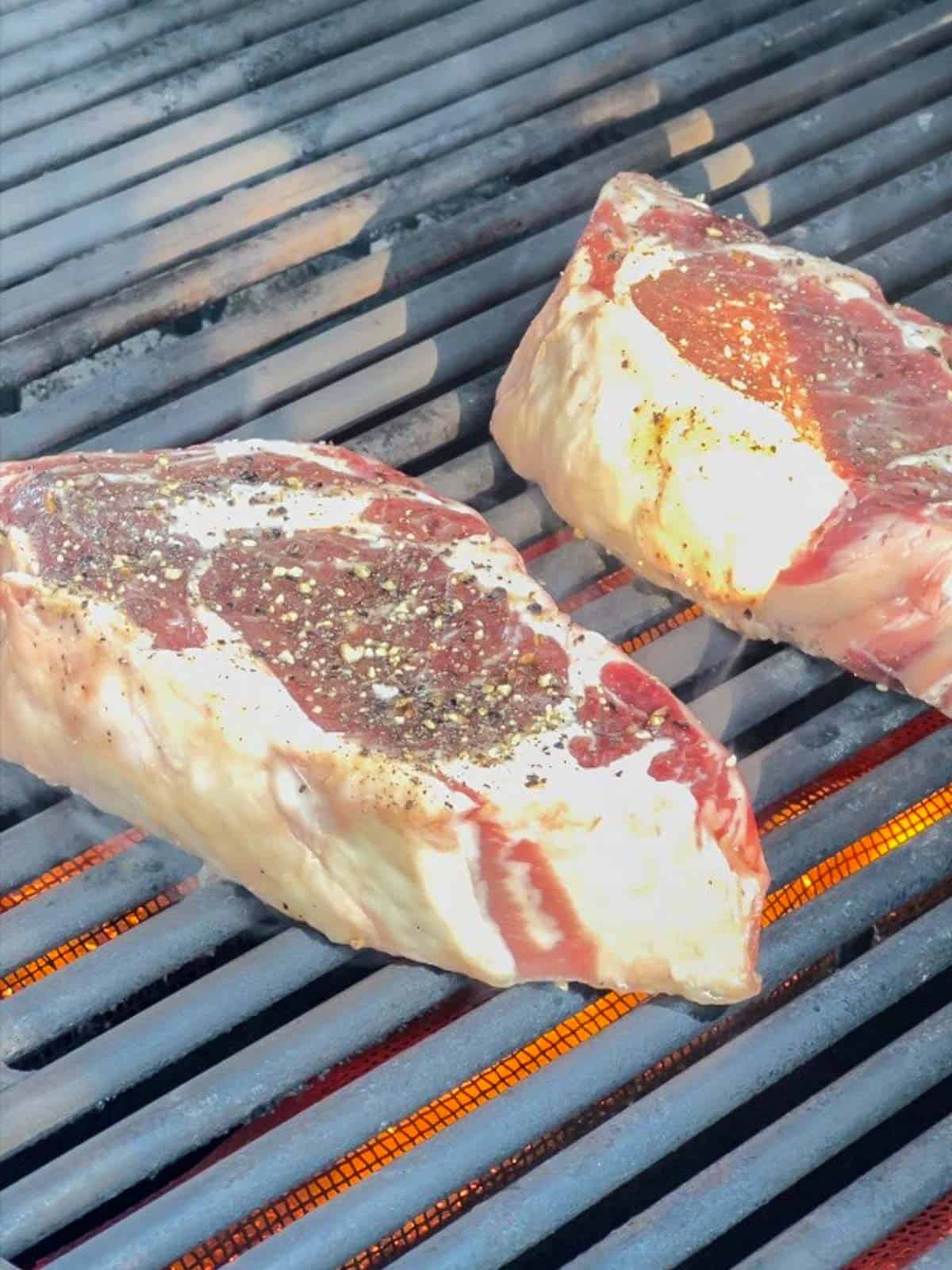
Direct heat vs. Indirect Heat
The type of fire you use will depend on the cut of steak you plan to grill.
Direct Heat is best for lean steaks that aren’t heavy marbled. Use this type of cooking method when you want to cook a steak
Indirect heat is best for heavily marbled steaks. As the fat is rendered from the marbling, the fire will tend to flare up over a direct flame. When you’re cooking a well-marbled cut of meat, it’s best to create an indirect fire that will allow you to sear the steak and finish cooking it over the indirect flame.
How To Pan Sear A Steak
Pan searing is also a great way to cook steak. You’ll want to heat a heavy skillet, such as cast iron, over high heat.
- Season the steak and bring it to room temperature. If the steak has been marinating in the fridge, also take it out of the fridge and bring it to room temperature.
- Brush both sides of the steak with an oil that has a high smoke point, such as canola oil or grapeseed oil. You can also use beef tallow if you happen to have it.
- Sear the steak on each side, turning it every minute to ensure even cooking.
- Finish the steak by basting it with butter and herbs towards the last minute of cooking.
The Doneness Or Temperature Of A Steak
The internal temperature of a steak determines its doneness. Cooking time will vary depending on how thick your steak is and whether it is boneless or bone-in.
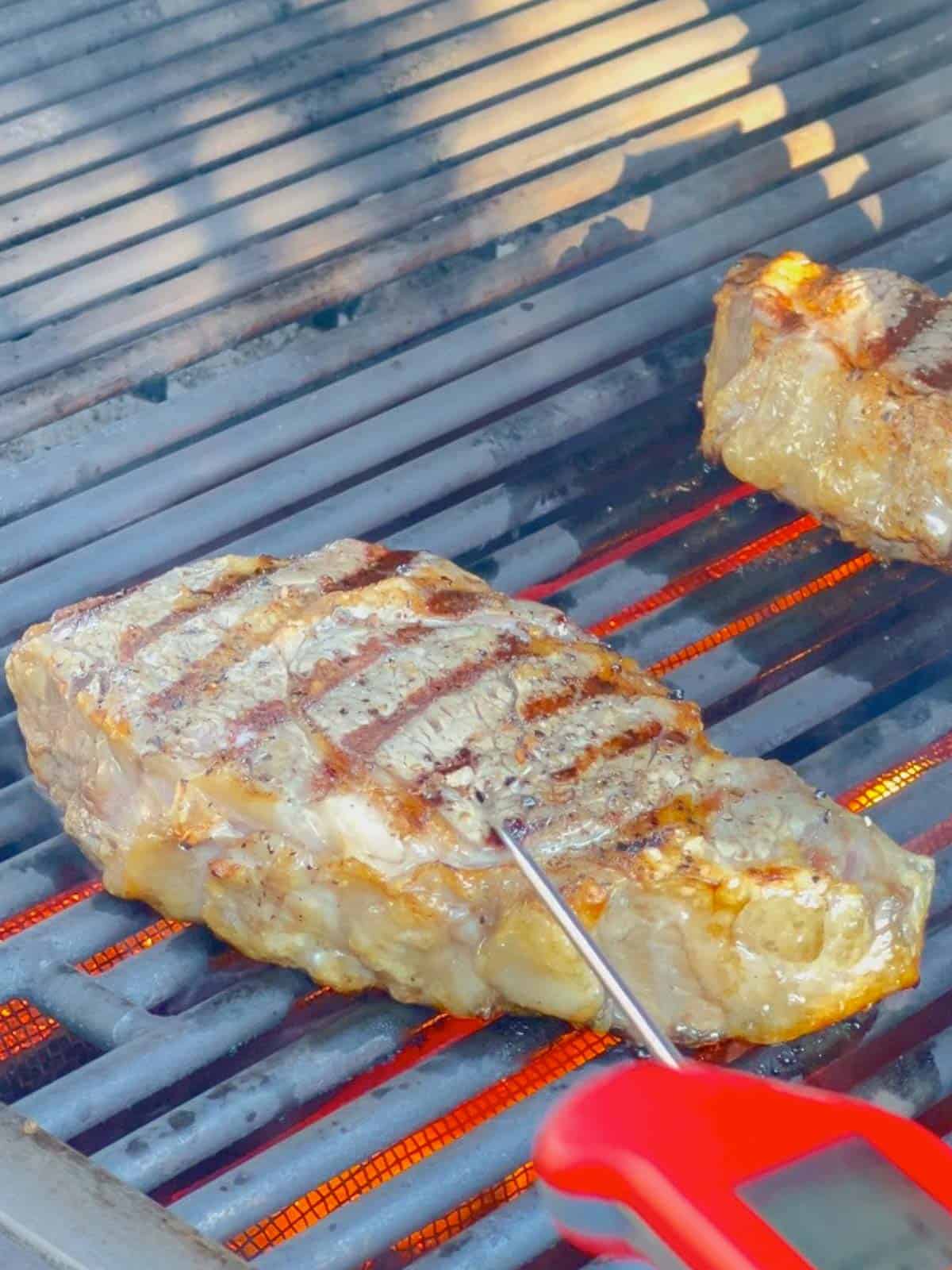
Pro-Tip: Remove the steak from the heat when it registers 5° lower than the final desired temperature. As the steak rests, the temperature will continue to rise due to carry-over cooking.
- Rare: Internal temperature of 125℉ / 52℃.
- Medium Rare: Internal temperature of 135℉ / 57℃.
- Medium: Internal temperature of 145℉ / 63℃.
- Medium Well: Internal temperature of 150℉ / 66℃.
- Well Done: Internal temperature of 160℉ / 71℃.
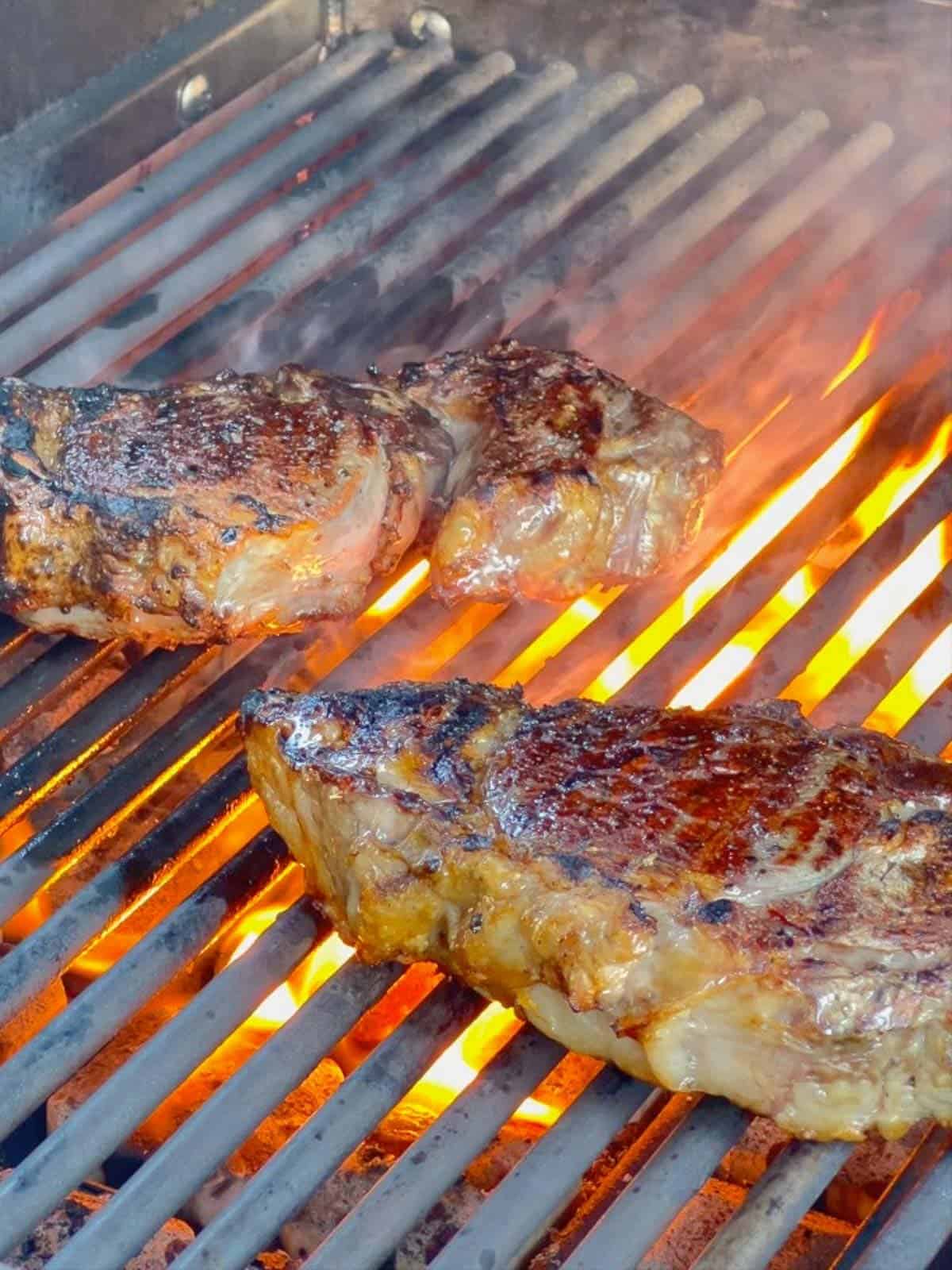
Carry-Over Cooking, What is it?
Carry-over cooking refers to the process by which meat continues to cook even after it is removed from its heat source.
This phenomenon occurs due to the water content that is present in meat.
When heat is applied to a steak, water is drawn to the surface of the meat. This is true whether you cook on the grill, in a hot pan, or an oven.
When the meat is removed from the heat source, the water will move from the surface of the meat back into the center. Because the water is extremely hot it continues to cook the meat as it moves into the core.
Carry-over cooking is why it’s suggested to rest the meat for 10 minutes after taking off the heat. The resting period allows the heat to equilibrate and the juices to redisperse into the meat.
Cover the meat with aluminum foil and allow it to rest for 10 minutes before slicing.
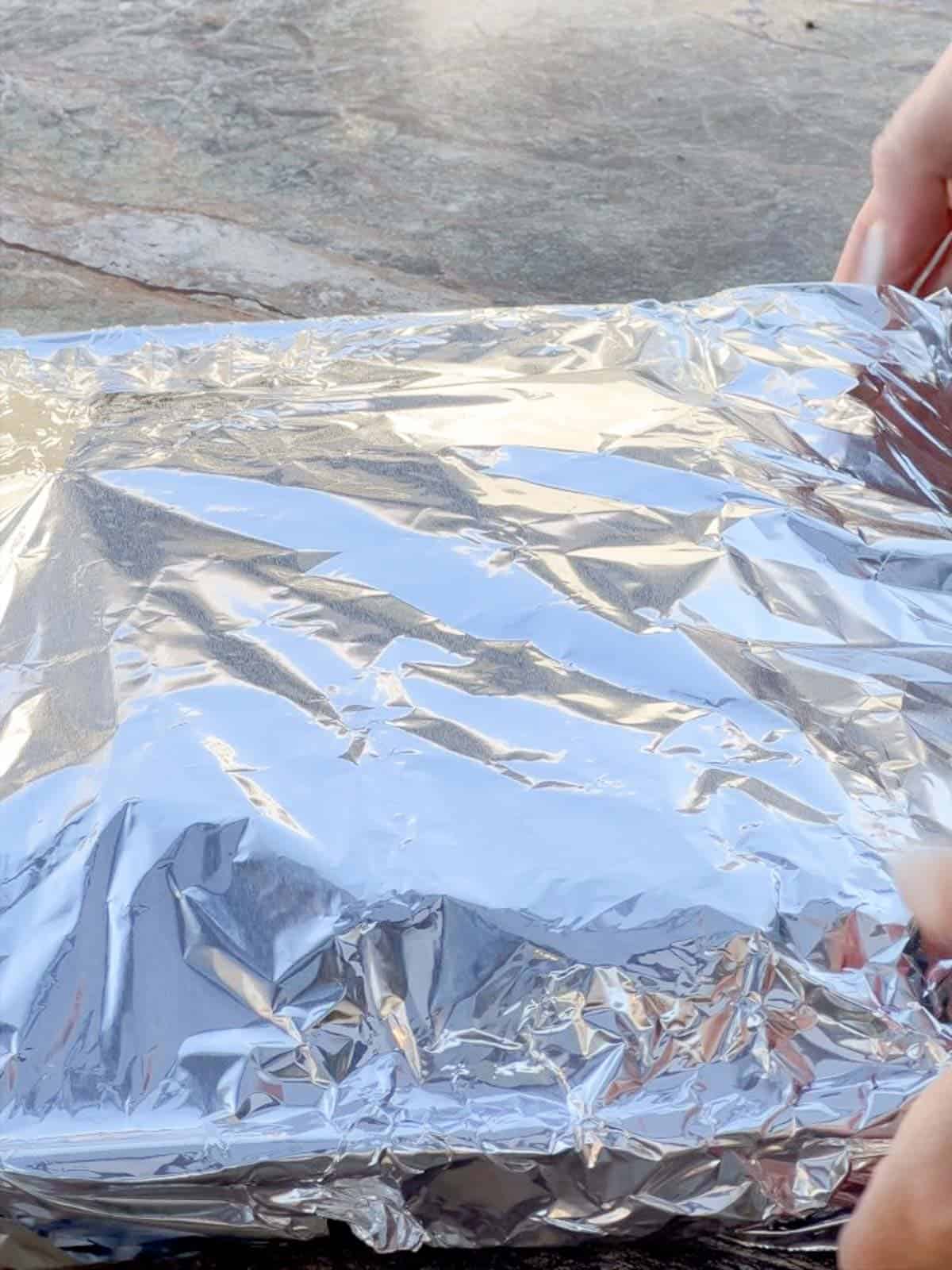
Slice The Steak
After resting for 10 minutes, now it’s time wot slice the steak for serving.
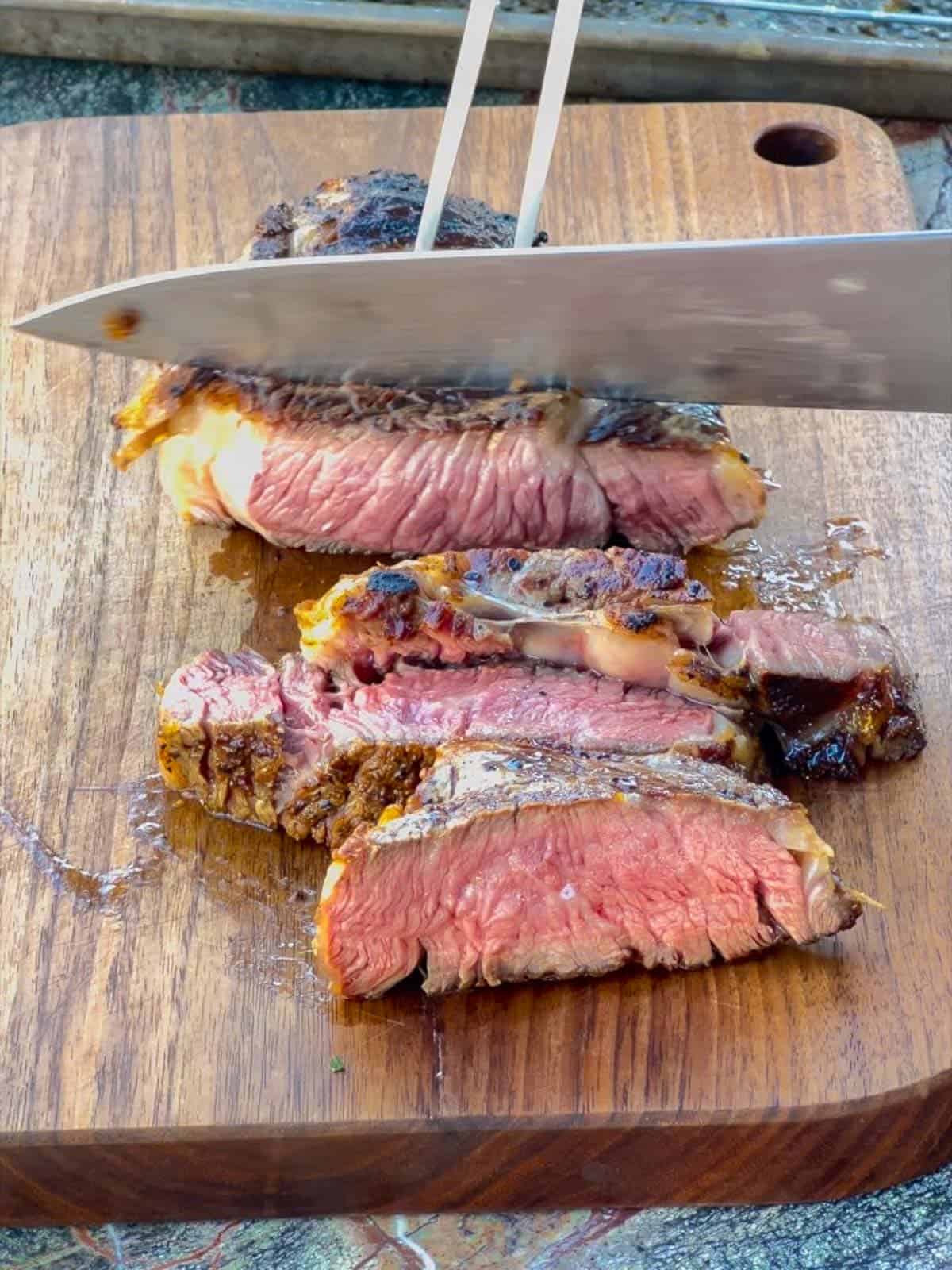
How To Serve Grilled Steak
A perfectly grilled steak needs no extras. However, if you want to bring something extra to the table, you can serve this steak with Compound Butter or Port Wine Sauce.
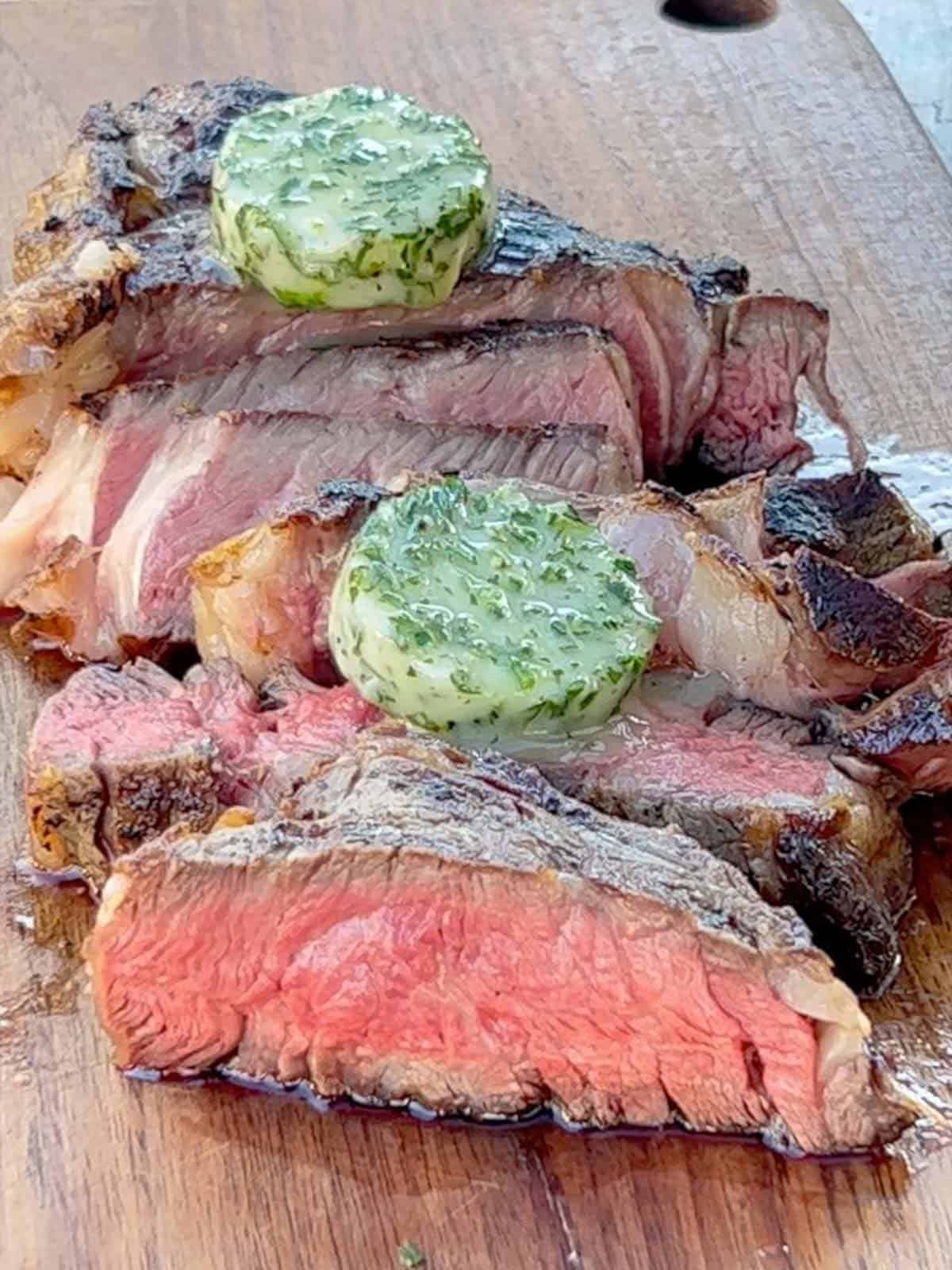
FAQs and Expert Steak Cooking Tips
A steak can keep in the fridge for 3 to 5 days.
You might notice that the meat turns grey after a day or two. This process is perfectly normal. A grey steak is still safe to eat. Myoglobin molecules in the steak contain iron. This iron is oxidized when it comes in contact with oxygen. The oxidation results in a grey color.
To prevent or slow greying of meat, ensure it is tightly wrapped in plastic wrap to discourage contact with air.
Dry aging steak improves the flavor and tenderness of beef. Dry aged steaks are hung in a temperature-controlled room that’s about 35℉ and 85% humidity.
During the dry aging process, the meat loses water which creates a richer flavor. Additionally, enzymatic changes happen during the aging process that also contribute to flavor and tenderness.
The top 5 most tender steaks are:
1. Filet Mignon
2. Flat Iron Steak
3. Top Sirloin
4. Strip Steak
5. Ribeye
The top 3 choices for the leanest steaks are:
1. Top Sirloin Side Steak
2. Lean Top Round Steak
3. Eye Or Round Steak
Hanger steak, strip steak, and top sirloin are all good choices when making fajitas.
Thinly sliced skirt steak, also known as ranchera steak, is traditionally used for carne asada tacos. Carne asada literally means grilled meat.
Top sirloin is the best steak for stir-frying. It’s tender and has a meaty flavor.
Veterinarians do not recommend feeding dogs steak bones.
It’s advised that dogs should not eat cooked bones of any kind and that raw bones should be fed with caution.
There are a few ways to reheat steak. You definitely don’t want to ruin that leftover steak by overcooking it after you took the time to cook it to the perfect temperature.
1. In the oven. Preheat the oven to 275℉. Warm the steak for 20 to 30 minutes in the oven. When the internal temperature reaches 110℉, take the steak out of the oven and pan-sear it to finish warming it up.
2. On the stovetop. If you are in a hurry, you can skip the prewarming in the oven. Add a little oil to a pan. Place the steak in the pan and flip it every 60 seconds until the internal temperature reaches 125 to 130℉.
What To Serve With Steak
Compound Butter adds a ton of flavor to steak. If you haven’t tried it, make sure to give this easy recipe a try.
If you need to side dish recipe ideas, check out a few of our family favorites.
Classics like a Blue Cheese Wedge Salad or Cheesy Scalloped Potatoes are always crowd-pleasers.
Hungry For More Beef Recipes?
Whether you prefer a meaty bolognese sauce wrapped around your favorite pasta or a simple grilled shish kabob, beef always makes a satisfying meal.
Leave A Review
Did you make this recipe? Leave a comment and a 5 ★ review. Your feedback helps other readers and helps me continue to offer recipes at no cost. Happy Cooking!!
How To Cook Steak
Instructions
- Season your steak. Start by seasoning your steak with salt and pepper. You can also use your favorite dry rub or marinade.
- Bring the steak to room temp. About 2 hours before cooking, take the steaks out of the refrigerator. Let them come to room temperature before cooking them.
- Grilling. Preheat the grill to a high temperature. You want it to be about 500℉. Grill the steaks over direct heat for about 3 minutes on each side. Reduce the heat to medium temperature, move the steaks off the direct fire and continue to cook until the internal temp reaches 5 degrees below your desired doneness.
- Resting. Remove the steaks from the grill and tent them with foil. Allow them to rest for 5 to 10 minutes before slicing.
Video
Laura’s Tips + Notes
- Rare: Internal temperature of 125℉ / 52℃.
- Medium Rare: Internal temperature of 135℉ / 57℃.
- Medium: Internal temperature of 145℉ / 63℃.
- Medium Well: Internal temperature of 150℉ / 66℃.
- Well Done: Internal temperature of 160℉ / 71℃.
YOUR OWN NOTES
Sign In to add your own private notes

